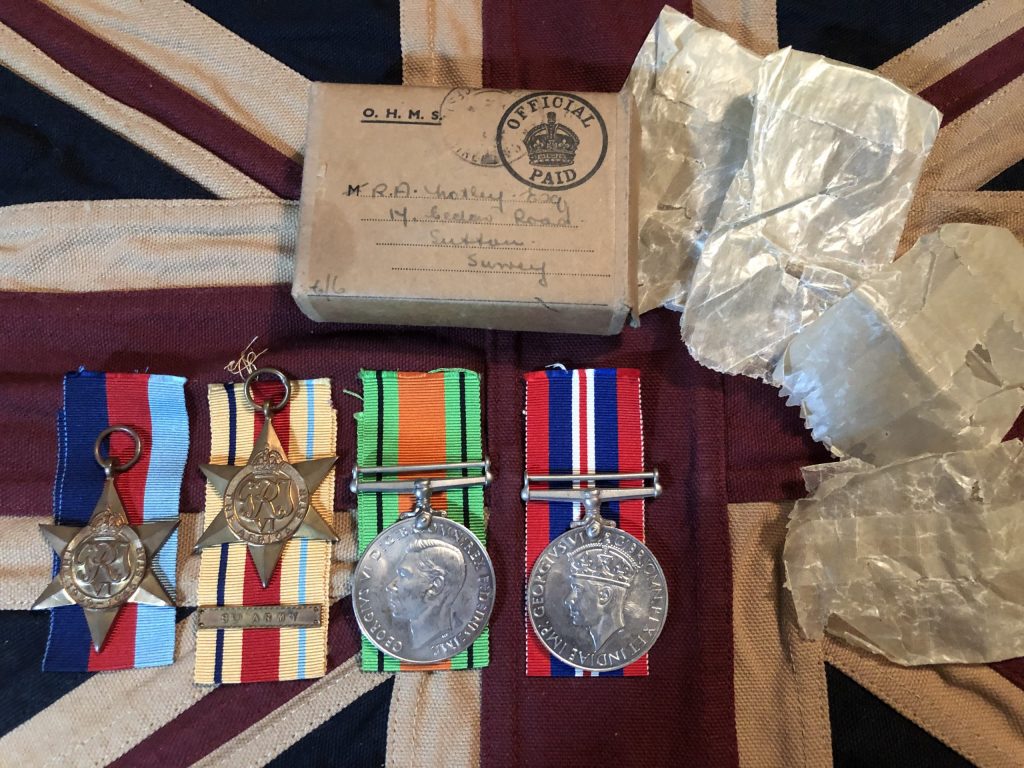The Battle Of El Alamein.


The Battle of El Alamein marked the culmination of the World War II North African campaign between the British Empire and the German-Italian army. Deploying a far larger contingent of soldiers and tanks than the opposition, British commander Bernard Law Montgomery launched an infantry attack at El Alamein on Oct. 23, 1942. German Field Marshal Erwin Rommel returned to battle from illness and tried to halt the tide, but the British advantage in personnel and artillery proved too overwhelming. After Hitler blocked an initial retreat in early November, Rommel managed to escape annihilation by withdrawing his men to Tunisia.
The Battle of El Alamein marked the culmination of the North African campaign between the forces of the British Empire and the German-Italian army commanded in the field by Erwin Rommel in World War II. Having taken Tobruk in June 1942, Rommel advanced into Egypt but had been checked and beaten at Alam Halfa in September; thereafter the initiative had passed.

Rommel mined and fortified a forty-mile line in considerable depth and strength–unusually, in a desert war, both flanks were sealed, by the Mediterranean in the north and by the Qattara Depression in the south. To break this line and destroy the Axis forces was the task of Bernard Montgomery, commanding the British imperial forces. The battle would be a set-piece affair–there could be little opportunity for maneuver.

Rommel (on sick leave when the battle began but having personally planned the defense) commanded thirteen divisions and five hundred tanks, totaling about 100,000 men. Montgomery disposed of approximately double the number of tanks and men–an army of British, Australians, New Zealanders, Indians, and South Africans, together with some French and Greek units; Allied air superiority stood at about the same proportion. Battle began on October 23, and the result, after ten days of ferocious pounding, was complete Allied victory, although Rommel’s army escaped annihilation and slipped away from an unenterprising pursuit.
El Alamein was a battle of World War I character–methodical, using massed artillery, with limited advances made good and counterattacks defeated until breakout. Its significance was great. The Panzerarmee withdrew, ultimately to Tunisia; within days of El Alamein, Anglo-American forces landed in Morocco. By May 1943 the campaign was over and the Mediterranean dominated by the Allies. Meanwhile, in Russia the Germans were suffering disaster at Stalingrad : the two battles–Stalingrad and El Alamein–proved to be the watershed of the war against Germany.



